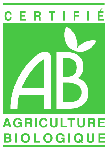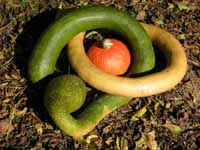 |
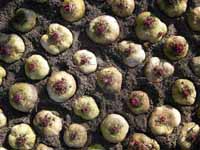 |
 |
 |
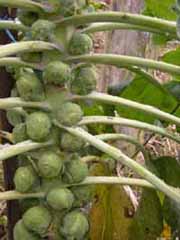 |
Historic
Ten years ago we were both keen allotment gardeners in Manchester, UK. Our commercial vegetable production here in France is now in its 5th year. We began by selling surplus from our own gardens, just increasing those things which we liked and grew well on our soil. The challenge for us is to produce on the larger scale; we are progressively converting our experience taking each product in turn.
|
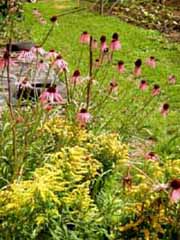 |
 |
Philosophy
We have completed several years of conversion and now hold bio-certification for all our products. Thus, bio-organic guidelines are honored in all respects. We use the time honoured practice of bed rotation; we encourage a diversity of wild plants to flourish (just outside the veg patch!) and we use the muck from our own egg-laying hens as fertiliser after composting with sawdust. This is supplemented with a bought product Orgabio 3-6-9 (N-P-K).
|
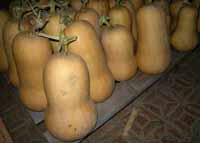 |
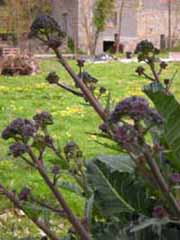 |
Pest Control
This is done manually in the case of caterpillars and beetles, and for aphids, using a Pyrethrin-based spray. Molluscs are controlled with Ferramol. Flea-beetles predating brassicas remain one of our worst problems; young plants are kept in isolated nursery conditions for longer before planting out in open earth. And of course we may use Bordeaux mixture where appropriate. All named products are acceptable under organic certification. Sweetcorn production presents special problems with birds and voles, for which we are experimenting with ultra-sound.
|
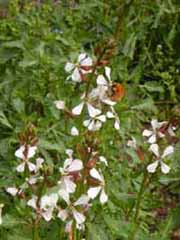 |
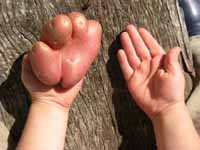 |
Weed Control
This is firstly done with the tractor driven plough and rotovator, but once the ground is planted, with hand tools or manually. Some opportunities to blanche with black plastic are possible. We do not use gas-burning / scorching techniques common in large scale organic farms. Our techniques are labour intensive, and we are grateful for volunteer or exchange helpers in this respect.
|
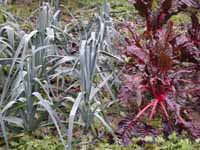 |
 |
The main crops
A special interest is to grow products which store well for winter consumption: these include squash, potatoes and beetroots. In the summer months we have green beans, courgettes, leaf-beet, lettuce, tomatoes, carrots and cucumbers. The winter months also bring leeks, celeriac, broccoli, rocket and brussel-sprouts.
|
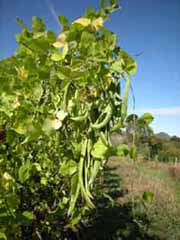 |
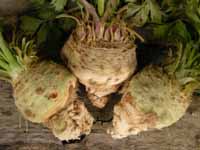 |
Future Crops
We hope to produce dried Tarbais beans in greater quantity. Orchard fruits - apples, plums, chestnuts and walnuts will eventually be available.
|
 |
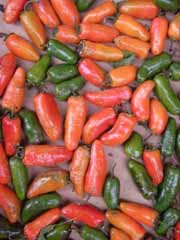 |
Planning
As I write this its January with thick snow on the ground and no time for action, but the right time for reflection and planning. Which products grew well, stored well, and sold well last year? Increase or decrease in quantities? Try something new? Time to browse the seed catalogues.
Ultimately, it is our clients who will sway the vote, we must grow what is in demand. One crop which got a good vote in 2013 was our carrots, both Chantenay and Colmar varieties grew well; and this despite a flash flood ripping through one of the beds. Unlike beetroot, carrots are direct sewn and demand more intensive weed control. Once established however they grow fast and are relatively immune to disease.
|
 |
 |
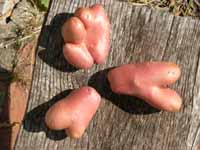 |
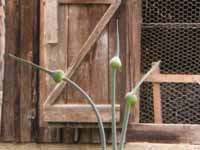 |
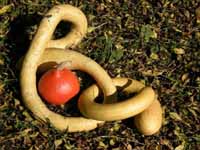 |

